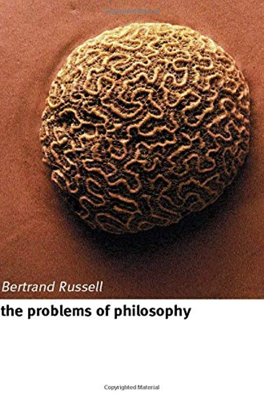Appearance and Reality
Appearance versus Reality
The primary issue explored in this chapter is the distinction between what things appear to be and what they actually are. The starting point of this philosophical exploration is the questioning of our everyday perceptions and the certainty of knowledge derived from them.
Bertrand Russell uses the example of a table to illustrate how different sensory experiences (sight, touch, and hearing) present conflicting information about what the table truly is. This leads to a distinction between the “appearance” of the table (what it seems to be through sensory experience) and its “reality” (what it actually is, independent of observers).
The Challenge to Perception
Russell highlights the subjectivity of perception through a number of observations: - Colors of the table change based on the lighting and the observer's perspective. - Textures appear different when magnified. - Shapes appear different from various angles.
These observations suggest that our senses do not reveal a fixed “reality” but rather a range of “appearances,” dependent on specific circumstances.
Sensations and Sense-Data
Russell introduces the concept of “sense-data,” which are the immediate objects of perception, such as colors, sounds, and smells. He argues that what we perceive—sense-data—are not inherently properties of the object (the table) itself but are interactions between us and the object.
The Enigma of the Real Table
The chapter raises critical questions about the existence and nature of physical objects. Russell discusses whether a “real” table exists beyond the sense-data and whether if such an object exists, it could be solely an entity independent of our sensory interactions.
Philosophical Views on Matter
The discussion mentions Bishop Berkeley, who questioned the independence of physical objects from human perception, suggesting that what we perceive could be ideas in the mind of God. Other philosophers like Leibniz argue similar points, questioning the reality of matter and proposing that it could be a collective of minds or ideas.
Questions about Reality
The chapter concludes by reflecting on how these thoughts about tables open up broader philosophical questions about all physical reality. It challenges us to consider whether there is any reality independent of our perceptions and, if so, what that reality might be like.
These philosophical inquiries underscore the profound complexities involved in distinguishing between appearances and the potential realities they may signify, thus setting the stage for deeper exploration into the nature of knowledge and existence.
